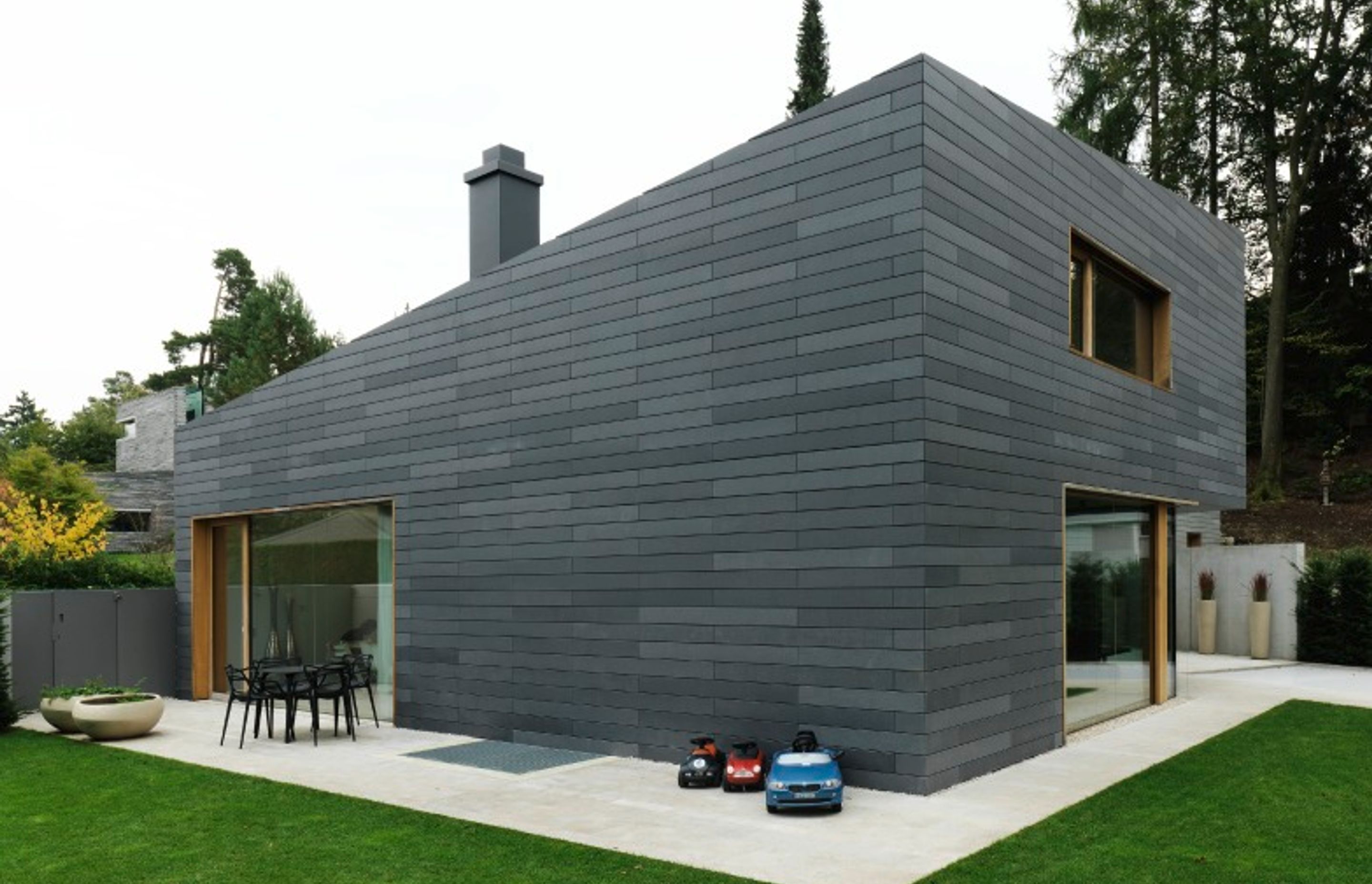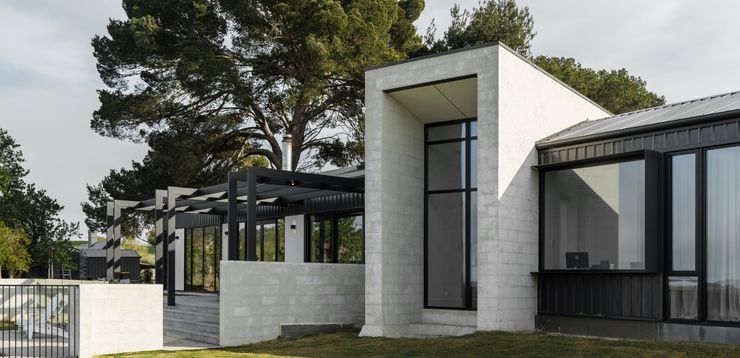Low maintenance cladding: the latest in rainscreen facades
Written by
23 June 2017
•
3 min read
We all want a cladding product that will last for decades and require virtually zero maintenance. What could be better? And in terms of aesthetics and sustainability, terracotta, reinforced concrete and natural stone ventilated rainscreen cladding have a host of advantages over more traditional solutions.
Sustainability as a concept has many parts that make a whole, but one of the most crucial is building to stand the test of time. Building with lifespan in mind means less waste, and less need to replace materials that deteriorate quickly, which is a central benefit of ceramic.
Terracotta facades can be of various types; with terracotta clay or porcelain clay. “The porcelain clay tile facade is more durable than many other materials due to their tensile strength, low absorption and extended lifespan,” The Tile People’s Glenn Obery says.
“One of our most sought after facade systems is the Tempio rainscreen façade, which is produced with porcelain clay. It is a ventilated rainscreen facade, which means it is installed over a waterproofed substrate.”
Between the substrate and exterior cladding tiles, an air cavity exists that creates a natural ventilation system, which is often called the chimney effect. Having this chimney ventilation system eliminates thermal bridges and condensation issues, Glenn says.
The lack of maintenance required over the lifespan of porcelain clay tile façade cladding is another drawcard for this type of material; it mostly self cleans with rainwater, requiring a water blast just once a year to maintain its original condition as opposed to many other cladding materials that require repainting or finishing every few years.
“And because of the air cavity system between the ceramic tiles and the substrate, in warm weather less heat is absorbed and in cold weather there is a lower dispersion of the interior heat, which helps to maintain an ambient year-round temperature.”
For a different, yet still sustainable, aesthetic, glass fibre reinforced concrete tile systems are another popular cladding option. Known as Oko Skin, a new system developed by Rieder in Germany provides a unique design aspect with its distinctive linear look. “These slat wall panels provide the aesthetics of regular concrete but are defined with their slim format linear lengths,” Glenn says. “But again, they require virtually no maintenance once installed and have an extended lifespan.”
The Oko Skin panels are dyed during the manufacturing process with natural colour pigments that are colour fast and won’t degrade in the elements over time. “The panels are sandblasted with varied pressures to create a vivid, textural surface.”
As with glass reinforced concrete and ceramic cladding, stone facade panels are another option for the sustainably-minded, and again, require little maintenance. “We use the Uni Strut stone cladding system, which can be applied to a variety of different substrates including precast concrete and timber framing. The real benefit of this system is that is gives you flexibility to install a range of different sized stone panels over a multitude of substrates both vertically and horizontally.”
Natural stone remains a sought after cladding choice, creating a raw, natural visual impact while requiring minimum maintenance along with a material that will stand the test of time.
The Tile People specialise in sustainable exterior rainscreen cladding systems.
Get in touch with them on ArchiPro here for some inspiration about what you could achieve with a rainscreen facade on your next project or renovation.











